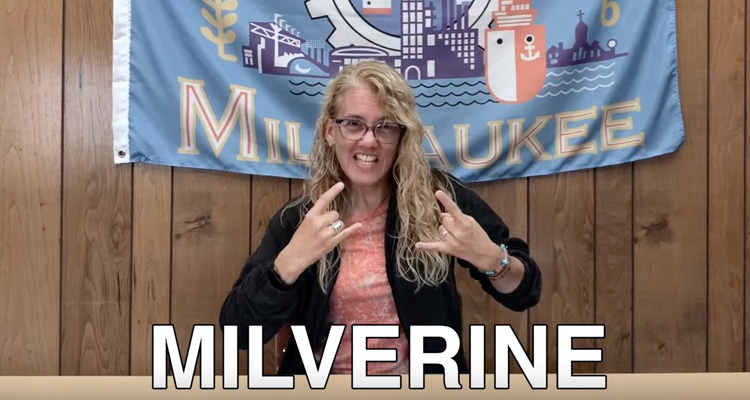Today isn’t just the first day of autumn. September 23 is also the International Day of Sign Languages, which, according to United Nations Secretary-General António Guterres, is a day that “recognizes the importance of sign languages for achieving the Sustainable Development Goals and fulfilling its core promise of leaving no one behind. It also offers an opportunity to support and protect the linguistic identity and cultural diversity of all sign language users.” Oh, and September is also Deaf Awareness Month.
There are an estimated 72 million deaf people worldwide. Collectively, there are more than 300 types of sign language in use, each fully-formed, distinct in their own way, and containing their own structure and slang terms that set them apart from variations used by other people in different regions. Just as there are regional terms and differing dialects in spoken languages, there are forms of sign language that are used in some areas that are completely their own.
In honor of both International Day Of Sign Languages and Deaf Awareness Month, and in recognition of all the people who are either deaf or hard of hearing in our great state, we wanted to give you a chance to learn how to sign popular Milwaukee and Wisconsin terms. To do this, we contacted Brice Christianson, who is the owner/lead sign language interpreter at Brice Christianson Interpreting LLC and an instructor at UW-Milwaukee’s Interpreter Training Program. Christianson—who was raised by deaf parents and whose first language is American Sign Language—also enlisted a deaf colleague named Leah Simmons to help us work out sign language versions of locally relevant terms.
Check out the video below to see Simmons and Christianson teach you how to sign such important Wisconsin terms as “Go Pack Go,” “Bubbler,” and even “Milverine.” Hopefully this tutorial will inspire you to make an effort to incorporate sign language into your daily life.

